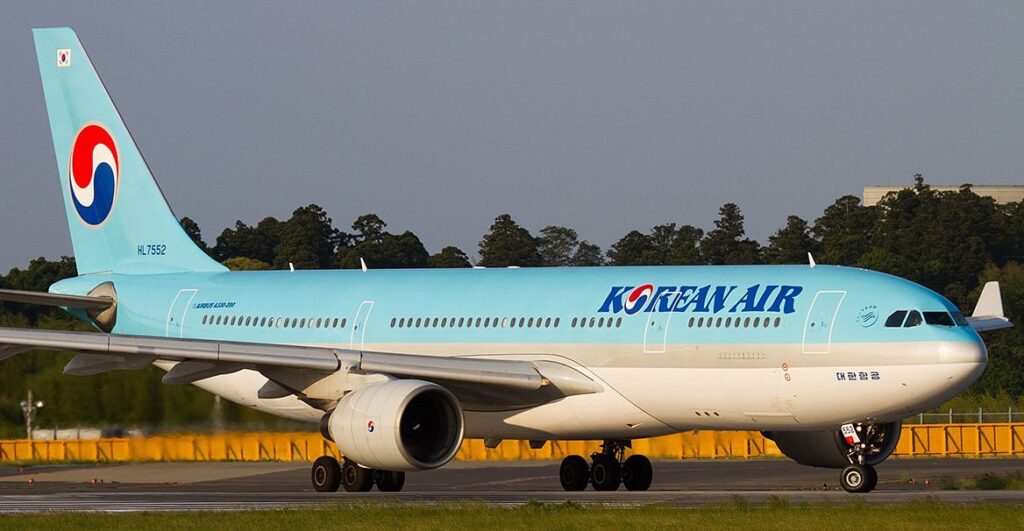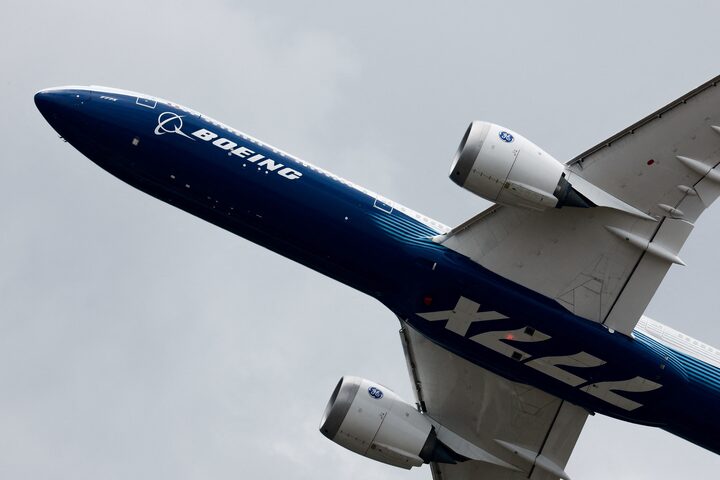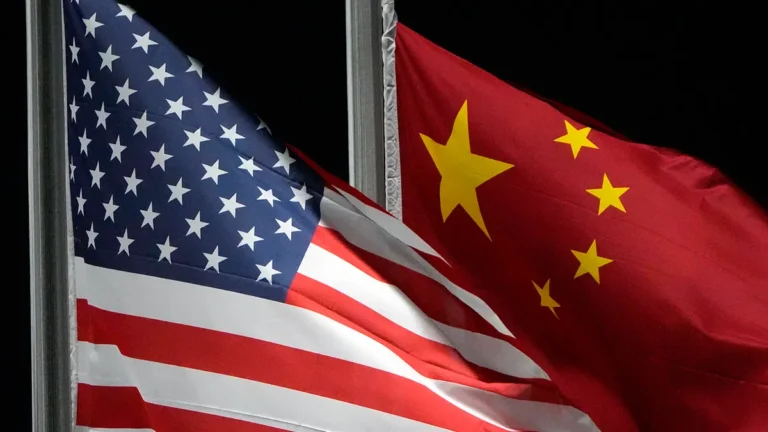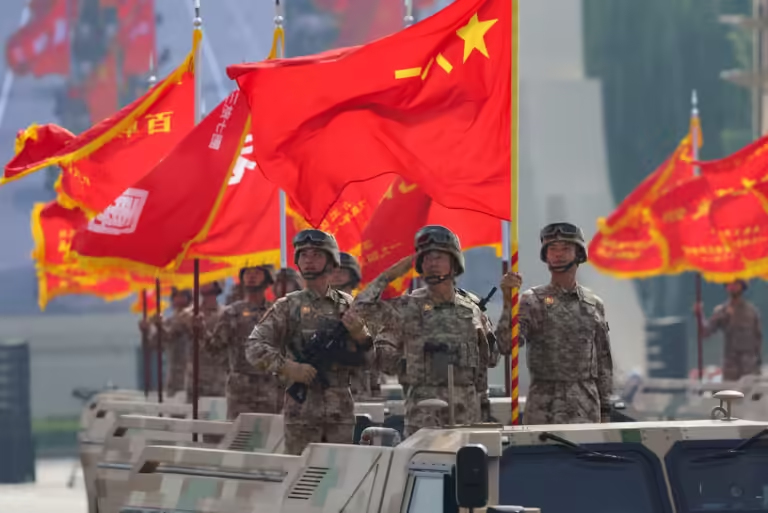
On Monday, US aviation giant Boeing and Korean Air announced a deal for 103 planes, coinciding with President Donald Trump’s push for trading partners to increase business with American companies.
Details of the Boeing Order
Korean Air has placed its largest-ever aircraft order with Boeing, valued at $36.2 billion for 103 new airplanes. The order includes Boeing 777-9s, Boeing 787-10s, Boeing 737-10s, and Boeing 777-8F freighters, per Korean Air’s press release. They made the order official in a signing ceremony on Monday in Washington, D.C.
The specific models included in the purchase are:
- 50 Boeing 737-10s: The largest variant of the 737 MAX family, these jets will serve short- and medium-haul routes.
- 45 long-range jets: This total includes two specific models: 20 Boeing 777-9s, and 25 Boeing 787-10 Dreamliners
- 8 Boeing 777-8F freighter cargo planes: These freighters will add cargo capacity and offer greater fuel efficiency than older models. The company will deliver the new jets in phases through the end of 2030.

Boeing 777-9s
Korean Air’s Boeing Rationale and Fleet Modernization
Walter Cho, chairman and CEO of Korean Air, described the order as a “pivotal moment” for the airline, which finalised its merger with rival Asiana Airlines in late 2024. “Acquiring these next-generation aircraft is the core of our fleet modernisation strategy, delivering significant gains in fuel efficiency and enhancing the passenger experience across our global network,” said Cho. “This investment is also a critical enabler for our future as a merged airline with Asiana, to ensure that our combined carrier is one of the most competitive airlines in the industry.” He stated.
Integration with Asiana Airlines
A key reason for the acquisition is Korean Air’s need to optimize its fleet following its merger with rival Asiana Airlines, finalized in December 2024.
- The combined carrier will use the new planes to simplify its operations and manage its future growth.
- Standardizing the fleet will also create economies of scale in maintenance and training, ensuring the merged company is more competitive.
- Approximately 80% of the new aircraft will be used to replace older planes in the combined fleet.
Fleet modernization and efficiency
The acquisition of modern, fuel-efficient aircraft is at the core of Korean Air’s long-term strategy.
- Fuel and emissions savings: The next-generation models offer significant efficiency gains. The 777-9 and 737-10 planes use 20% less fuel and produce 20% fewer emissions compared to the older planes they replace. The 777-8 freighter is also 30% more efficient.
- Enhanced passenger experience: Modern aircraft offer a better and more comfortable flight experience for passengers.
- New capabilities: The new 777-8 Freighter model marks Korean Air’s first order for the type, giving it the world’s largest and most capable twin-engine cargo aircraft.
- Network expansion: The new aircraft will expand Korean Air’s service to long-haul routes, including destinations in the Americas.
The Trump Connection and Trade Tensions
The agreement was announced just hours after South Korean President Lee Jae Myung met U.S. President Donald Trump in Washington to discuss the 15% tariffs imposed by the U.S. on the Asian country in July. Trump has been pressing America’s trading partners to do more business with American firms.
The deal was unveiled during a meeting between government representatives and business leaders from the two countries, with US commerce secretary Howard Lutnick and South Korea’s trade minister Kim Jung-kwan in attendance.
For Boeing, this massive Korean Air order is a much-needed victory. For the U.S., it’s a win in the trade game. Whether a purely business decision or politically influenced, the Korean Air deal is now done.
Keep following The World Times for more updates.



